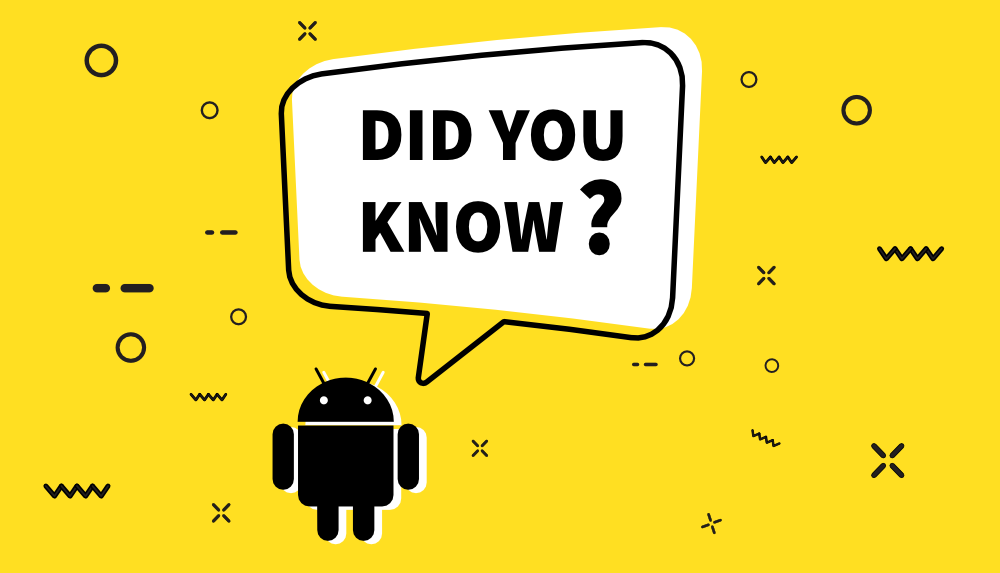.png)
Psychological facts

Nonverbal communication often speaks louder than words: Studies have shown that nonverbal cues such as body language, facial expressions, and tone of voice can have a greater impact on the message being conveyed than the actual words used.
Listening is just as important as speaking: Communication is a two-way process, and actively listening to the other person is just as important as speaking effectively. Active listening involves paying attention, providing feedback, and responding appropriately.
Perception is subjective: Everyone perceives and interprets communication differently, based on their personal experiences, values, and beliefs. This can lead to misunderstandings and miscommunications.
Emotions can affect communication: Emotions can have a significant impact on how a message is received and interpreted. For example, if someone is angry, they may not be able to listen objectively and may misinterpret the message.
Context matters: The context in which communication takes place can affect how it is received and interpreted. For example, the same message delivered in a professional setting may be received differently than if it were delivered in a personal setting.
Trust is crucial: Trust is essential for effective communication to take place. Without trust, communication can break down and lead to misunderstandings and conflict.
Communication can affect mental health: Communication can have a significant impact on mental health, both positively and negatively. Effective communication can lead to improved relationships, self-esteem, and overall well-being, while poor communication can lead to stress, anxiety, and depression.
Team Activities
Back-to-Back Drawing:

Instructions:
- Divide the team into pairs.
- Have each pair sit back-to-back with one person holding a picture, and the other holding a blank sheet of paper and a pencil.
- The person with the picture describes the image to their partner without showing it to them, while the other person tries to draw the image based on their partner's description.
- After a set amount of time, have the pairs compare their original picture with the drawing their partner made.
- Repeat the activity with roles reversed.
Learnings:
This activity helps improve communication skills by requiring clear and effective verbal communication, active listening, and feedback. It also promotes teamwork and trust-building between team members.
Blindfolded Obstacle Course:

Instructions:
- Divide the team into pairs, with one person being blindfolded and the other person guiding them through an obstacle course.
- Set up an obstacle course in a safe area. This could be a course with cones, chairs, or other objects that the blindfolded person must navigate through.
- The guide can only use verbal communication to direct the blindfolded person through the course. They cannot touch the blindfolded person or physically guide them in any way.
- The blindfolded person must trust and listen to their guide to navigate the obstacle course successfully.
- After each pair has completed the obstacle course, switch roles so that everyone gets a chance to be both the blindfolded person and the guide.
- Debrief the activity as a group, discussing the importance of clear communication and trust in achieving the task.
Learnings:
This activity can be a fun and engaging way for team members to practice effective communication and build trust with one another.